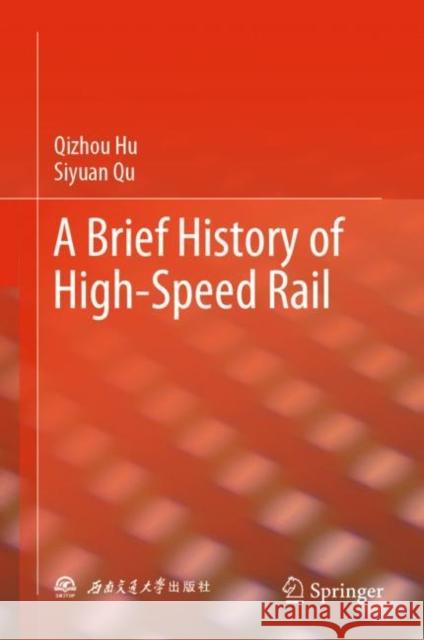A Brief History of High-Speed Rail » książka
topmenu
A Brief History of High-Speed Rail
ISBN-13: 9789811936340 / Angielski / Twarda / 2022 / 226 str.
A Brief History of High-Speed Rail
ISBN-13: 9789811936340 / Angielski / Twarda / 2022 / 226 str.
cena 181,55 zł
(netto: 172,90 VAT: 5%)
Najniższa cena z 30 dni: 173,46 zł
(netto: 172,90 VAT: 5%)
Najniższa cena z 30 dni: 173,46 zł
Termin realizacji zamówienia:
ok. 22 dni roboczych
Bez gwarancji dostawy przed świętami
ok. 22 dni roboczych
Bez gwarancji dostawy przed świętami
Darmowa dostawa!
Kategorie:
Kategorie BISAC:
Wydawca:
Springer Verlag, Singapore
Język:
Angielski
ISBN-13:
9789811936340
Rok wydania:
2022
Ilość stron:
226
Wymiary:
23.5 x 15.5
Oprawa:
Twarda











